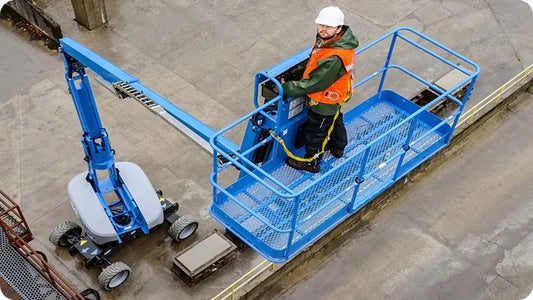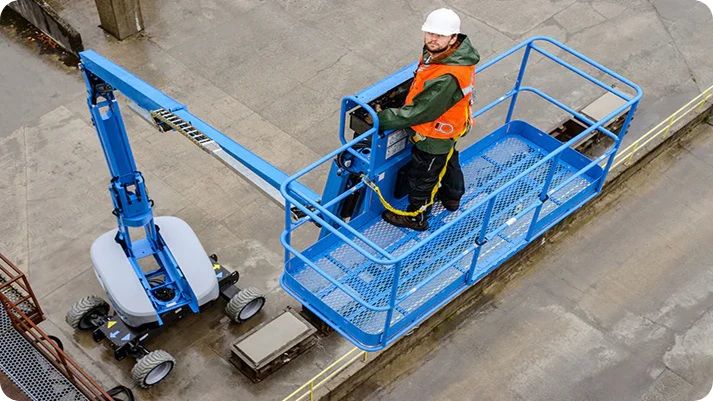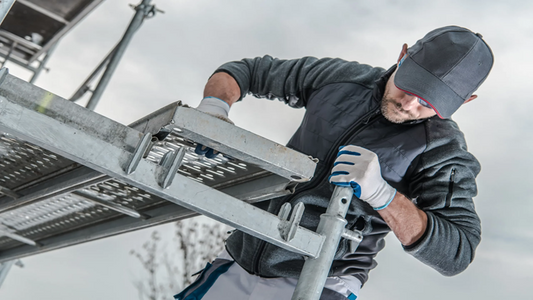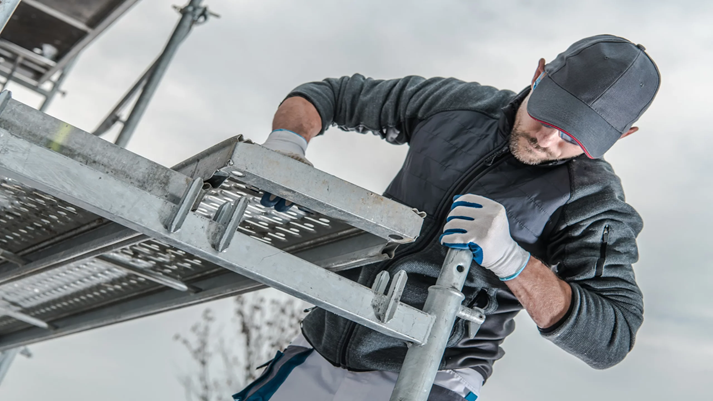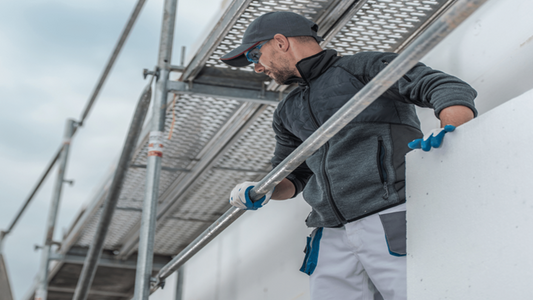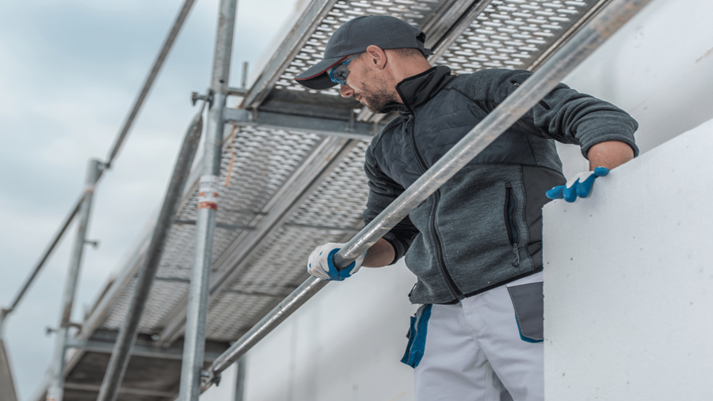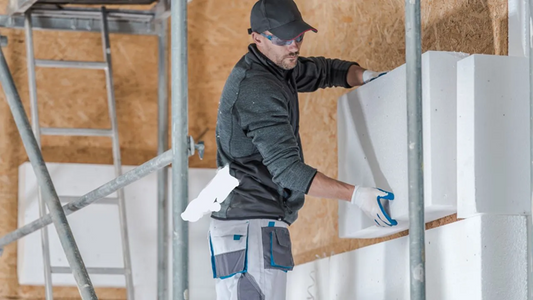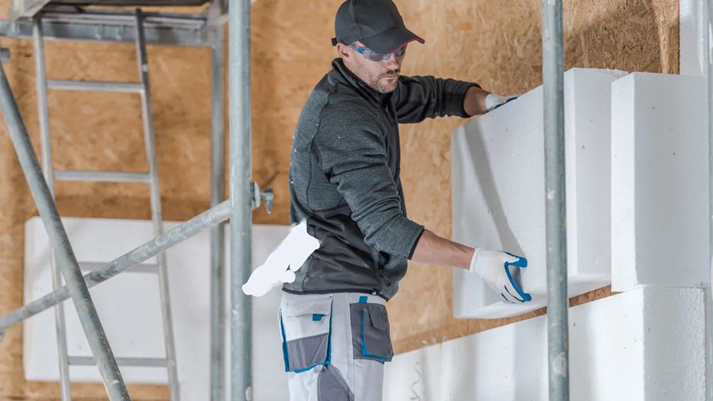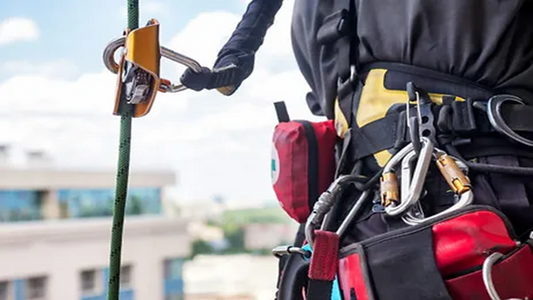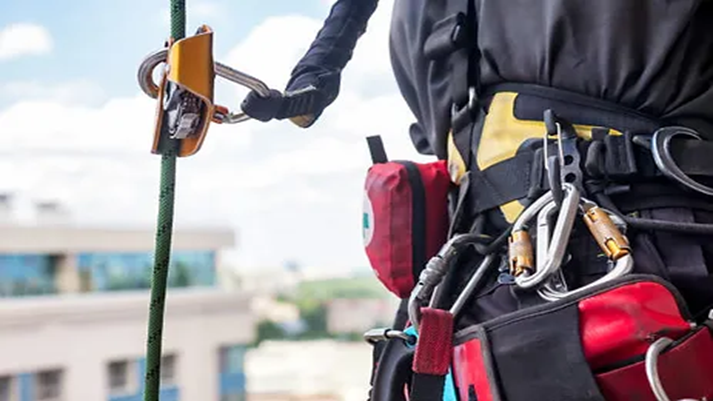The construction industry is one of the riskiest workplaces in Norway. Figures from the Norwegian Labour Inspection Authority show that fall accidents, incorrect assembly of scaffolding, errors in the use of personal lifts and lack of preparedness for injuries occur year after year.
The question we should ask ourselves is: Why do the same accidents happen over and over again, despite the fact that the regulations are clear?
The answer often involves a lack of competence, a lack of updating knowledge and incorrect attitudes towards HSE.
What do the statistics say about construction site accidents?
-
Falls account for a large proportion of the most serious incidents. The Norwegian Labour Inspection Authority regularly reports that falls from scaffolding, roofs or personnel lifts often result in life-threatening injuries.
-
Incorrect scaffolding assembly is common. Whether it's the wrong distance between platforms, missing railings or inadequate anchoring, the consequences can be fatal.
-
Accidents with personnel lifts often occur due to incorrect operation or lack of documented training. The machines are safe – when used correctly.
-
Fires and explosions during hot work still occur, despite the fact that the certificate requirement is well known.
- Lack of first aid skills makes injuries more serious than they need to be.
The numbers show a clear trend: It's not the equipment that's failing – it's human competence and practice .
Why do courses help?
Sending employees on training is not just about checking off a statutory requirement. Training provides:
-
Understanding of regulations
A scaffolding course provides insight into the regulations that apply to construction and use. Installers learn why the requirements are set, not just how to follow them. When employees understand the connection between regulations and safety, compliance increases.
-
Practical training
Theory alone will not stop an accident. During the course, participants practice proper assembly, use of fall protection equipment and emergency procedures. This builds safety and routines that can be transferred directly to the workplace.
-
Update on new standards
Regulations, equipment and recommended methods change. Installers who took courses ten years ago may work according to old routines. Updated courses ensure that everyone works in line with today's requirements.
-
Changing attitudes
Many accidents happen because people take shortcuts: “It will probably be fine.” Courses help create a shared safety culture where colleagues dare to speak up, and where HSE is not just the responsibility of management.
Example: A scaffolding accident explained
A fitter falls from a height of five meters because a platform was not secured correctly.
-
Why did this happen? Because the installers did not have sufficient knowledge of the requirements for locking and control.
-
How could it have been avoided?
- With an updated scaffolding course 2–9 meters with fall protection they would learn proper assembly and inspection routines.
- With a fall protection course The installer would have had the correct protection which could have reduced the extent of the damage.
- With a first aid course colleagues could have provided life-saving assistance before the ambulance arrived.
- With an updated scaffolding course 2–9 meters with fall protection they would learn proper assembly and inspection routines.
This shows that safety on the construction site is an interaction of areas of expertise – and that gaps in training have serious consequences.
Corporate responsibility
Employers have a clear responsibility under the law: All employees must have the necessary and documented training. Yet statistics show that many employers still view training as a cost, not an investment.
The truth is the opposite:
- Fewer accidents result in lower sick leave and insurance costs.
- The company achieves better project security and higher efficiency.
- Employees experience security and trust – which strengthens both the working environment and recruitment.
The way forward
Construction site accidents can never be completely eliminated, but they can be greatly reduced . Statistics show that most accidents are not about bad luck – but about lack of competence.
Therefore, regular courses in scaffolding, fall protection, personal hoists, hot work and first aid are essential.
👉 Take a step towards a safer workplace:




